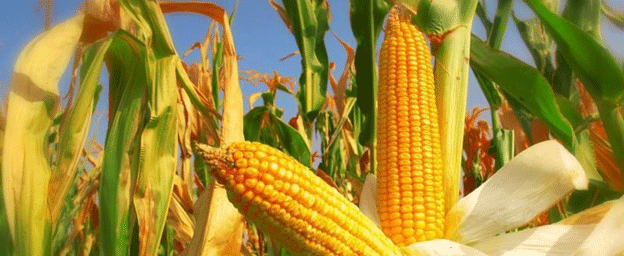In the heart of Belarus, the journey of corn cultivation has been evolving since the mid-1990s. Initially met with skepticism, this essential crop is gaining ground as scientists and agronomists work diligently to improve domestic varieties. According to Eroma Urban, the First Deputy Director of the Scientific-Practical Center of the National Academy of Sciences of Belarus for Agriculture, the efforts made in Belarusian corn breeding are beginning to bear fruit, though challenges remain in achieving parity with imported varieties.
A Brief History of Corn Breeding in Belarus
Corn selection in Belarus commenced in the 1990s, a relatively short timeframe in the world of crop breeding where developing a single variety can take 10 to 12 years. The early skepticism towards corn, perceived primarily as a southern crop, hindered initial efforts. However, over the past three decades, Belarus has successfully created and registered 15 hybrid varieties, primarily aimed at supporting the livestock sector with high-quality silage.
Recent Advances in Hybrid Development
In the last 20 years, the focus has shifted towards developing versatile corn hybrids. A notable example is the recently introduced variety, Vivalen 3620, which boasts yields of 140-160 quintals per hectare for grain and 240-250 quintals of green mass. This hybrid demonstrates the potential to compete with Western European varieties, a significant milestone for Belarusian agriculture.
The improvement of these local hybrids is crucial, especially as Belarusian farmers have voiced concerns about lower yields compared to imported seeds. Urban highlights the advantage that established foreign firms have, often possessing a century of experience in corn breeding, which provides them with superior genetics and technology.
Current Performance and Future Projections
Despite these challenges, Urban believes that Belarusian hybrids are close to matching their imported counterparts, with yield discrepancies narrowing. In 2016, domestic corn seed accounted for 32% of the market share; by 2023, this figure has increased to over 50%. This upward trend indicates growing confidence in local varieties.
Urban forecasts a promising future for Belarusian corn breeding, projecting that within the next two years, the country could achieve 80% self-sufficiency in corn seed production. Such advancements not only aim to bolster local agricultural outputs but also to enhance food security in Belarus.
As Belarus continues to refine its corn breeding programs, the strides made in developing competitive hybrids signal a positive shift in the agricultural landscape. The dedication of scientists and agronomists is slowly but surely bridging the gap between Belarusian and imported corn varieties. With increasing yields and improved hybrid performance, Belarus is on a path toward achieving greater self-sufficiency and resilience in its agricultural sector.
Error




